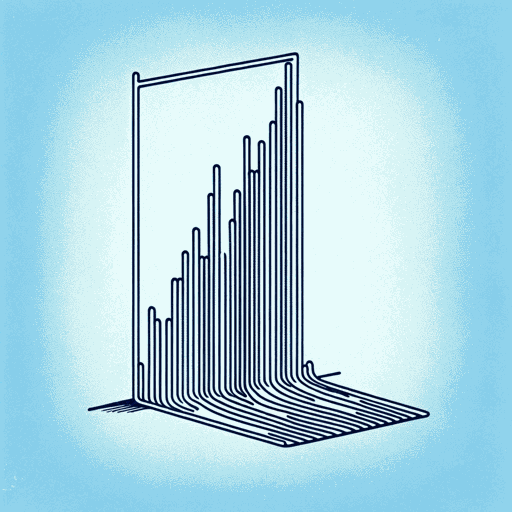45 pages • 1 hour read
Darrell HuffHow to Lie with Statistics
Nonfiction | Reference/Text Book | Adult | Published in 1954A modern alternative to SparkNotes and CliffsNotes, SuperSummary offers high-quality Study Guides with detailed chapter summaries and analysis of major themes, characters, and more.
Chapter 6Chapter Summaries & Analyses
Chapter 6 Summary: “The One-Dimensional Picture”
Chapter 6 covers problems with other visual interpretations of statistics: the bar chart and the pictorial graph. Huff notes the appeal of representing a number with a picture but warns of the ease with which these images can misrepresent data.
He begins with a section on bar charts. Because they represent comparisons between quantities, any alteration to the chart or shape of the bars can exaggerate differences. Bar charts, like line graphs, can be truncated. Huff also warns against charts that make the bars broader and taller or use three-dimensional shapes, as these can make the differences appear more significant to the eye.
His next section focuses on the pictorial graph. Like the bar chart, it represents the differences between numbers but uses representative pictures instead of simple bars. Huff again warns against images that alter the width and height. A picture might be twice as tall, for example, but its width and volume increase. Huff notes a variety of publications and advertisements that use this method, including differences in wealth within a population or the increase in the steel industry’s production capacity. Huff describes the problem as follows: “To say ‘almost one and one-half’ and to be heard as ‘three’—that’s what the one-dimensional picture can accomplish” (72).

